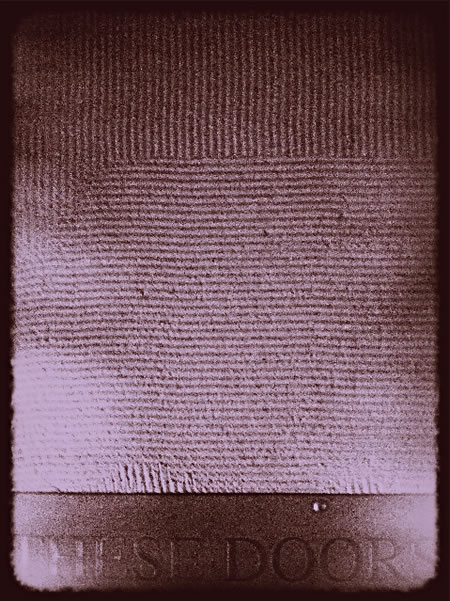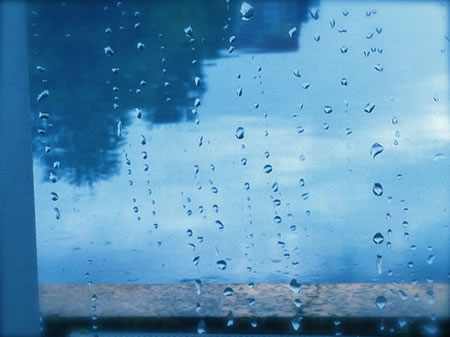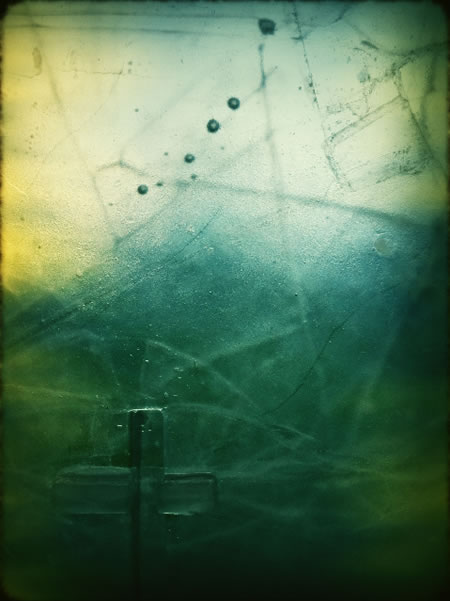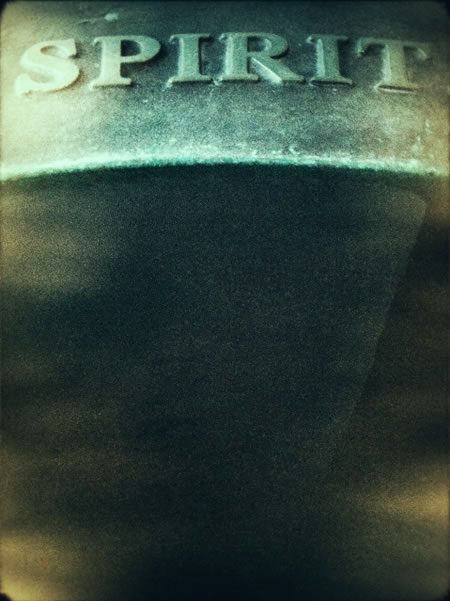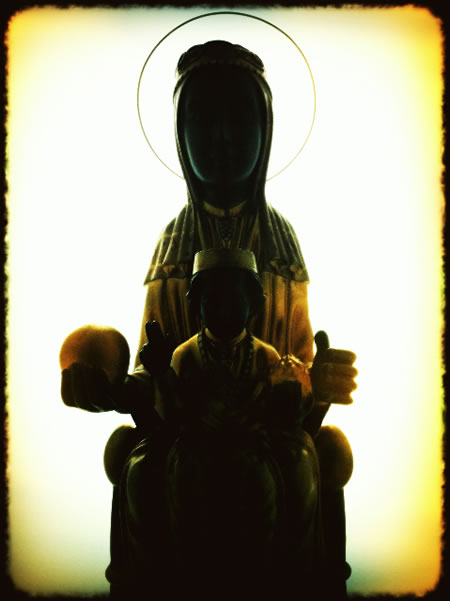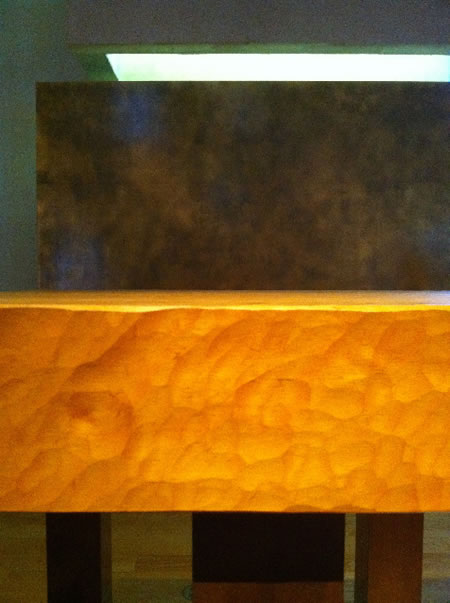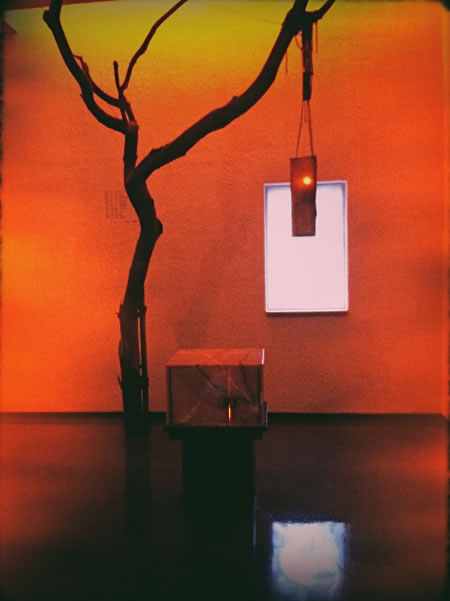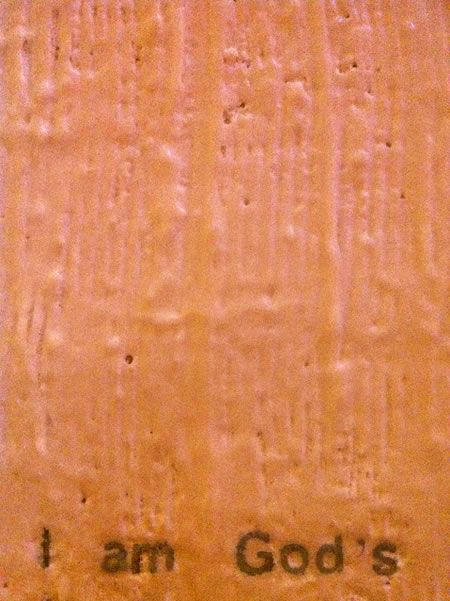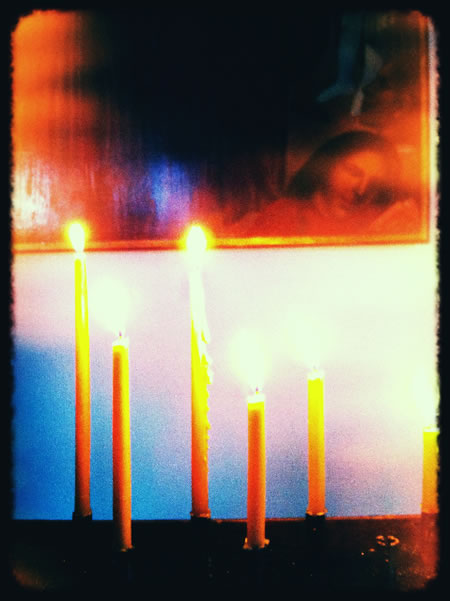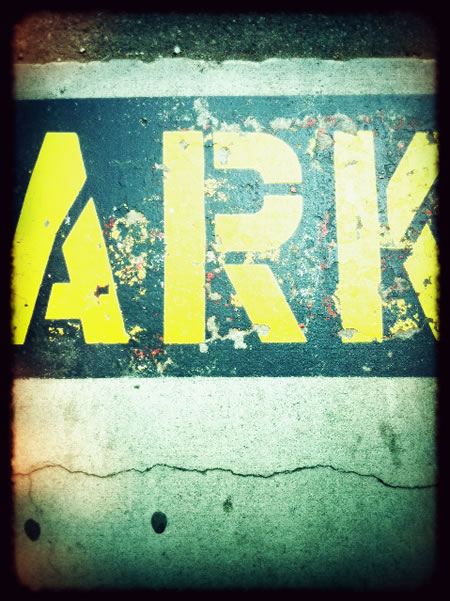
A PLACE OF MEDITATION; AND A MEDITATION ON PLACE: ST. IGNATIUS | SEATTLE UNIVERSITY An urban ark: a place of transport, safety and preservation of tradition and recollection. I’VE TRAVELED the world, exploring spiritual sites (and sights) from the Jokhang temple complex, Lhasa, Barkhor — the center of the world in Tibetan worship. To the ancient compound of Borobudur — the vast Buddhist stone-cut mandala in Yogyakarta, Java; and climbed upwards — the Tiger’s Nest of Bhutan, to Angkor Wat, Siem Reap, Cambodia. Monasteries in Osaka, temple grounds in Tokyo, Imperial complexes in Kyoto, Buddhist and Shinto conclaves – I’ve sat: quiet study, the sands, the stones, the gardens, the halls. From Chartres and Notre Dame | Ste. Chapelle cathedrals in France — Sienna and Firenze, Italia — to the ancient Native American compounds of Arizona and New Mexico. Towers, labyrinths, maps of heaven and earth, puzzles, corridors, inner sanctums and light splashed plaza and courtyards. The world of spirit, in places made, still awaits — there are far more to explore. A lifetime, this journey. I was spending time with my daughter, in the Swedish Hospital, Maternity wing, her new birth, her son: Isaiah — a little light. And after a visit, I went to St. Ignatius for a meditation — with my family. Ignatius is just off the hospital complex, and on the campus of the Seattle University. There is a lot that has been written about Holl‘s design of this place. And it’s unnecessary to recount the theories here — except for the most profound. Invariably, the spiritual place is about light. What anyone looks for, in the mystery of the spirit place, is a new perspective, a refreshed seeing: on, and in, light — the journey, oftentimes, from the dark to the light. There is a journey, coming into the sanctified place, that leads from the outer world, then being — and bringing in — the interior world — a prism to the godly. God, and light, are intertwined — and walking spiritual places of nearly every form or worship, I can tell you that the one thing is invariably the sense of the light-filled. Being — being brought into — light filled is a vessel that is dually archetypal and metaphorical — you are the place of light, your heart is the containment of light which shines in and outwardly, at the same moment. And it might be about the finding of light — the discovering of it — in the sense of sanctum. Holl’s entire telling, in the design of this chapel links to light. As the SU site intones: “Architect Steven Holl chose “A Gathering of Different Lights” as the guiding concept for the design of the Chapel of St. Ignatius. This metaphor describes Seattle Universitys mission and it also refers to St. Ignatius vision of the spiritual life as comprising many interior lights and darknesses, which he called consolations and desolations. Holl conceived of the chapel as “seven bottles of light in a stone box,” with each bottle or vessel of light corresponding to a focal aspect of Catholic worship. Light passes through each bottle in a specific area of the building to define physical and spiritual spaces with pools of clear and colored light. In a kind of tantric measurement of the mean of color, you can see these mapping treatments noted at the Chapel overview.
The intriguing study of light — and the coloration of it, mixes the allegories of the journey of St. Ignatius in his quest for illumination, perhaps the end-all transformation of the spiritually illumed — light seekers, all. The Ignatius place of worship is an astonishingly detailed, designed environment and thoughtful experience design. And in writing on dozens of other forms of experience — branded or otherwise, the notion of detailed resolutions of commonplace — to varying degrees. Some environments are so detailed as to be masterful studies in design composition, while others are beautiful designs in the very absence of complex definition principles. I offer these interpretations, to the nature of spiritual place — St. Ignatius. Imagery and notations on experience and context. “These doors” are a patterning into the beginning of the journey — a screed raking of stucco, sows the fields of the imaginations of the process in entering.
“As rain falls“, a patterning of reflection marks both the inner world of nourishment and the nurturing of the opening journey — a reflecting pond, ripples with the rain — droplets run the rhythm of their course, from heaven cloud to the earthen foundation.
“A dense glass“, that can’t be seen through, with any clarity, redirects the focus to the light — and the sculpted incisions of the messaged crux of symbolism on the surface — alive with the touch of the hand-made and the heat of that passion.
“A great, cast vessel“, there is a ring round that metal bowl, that whirls a whorl of circular currents of water, that liquid spirit, that is once a fluid, another a humor — and like the smoke of the ghost, it flows in its own cycling of story.
“There is a ring“, that speaks to a radiance that flows out in a curve of light that is the mother — the catcher, and the springer, of light – a vessel, a carrier, an eternal and profound mystery: the matrix.
“The chiseled altar“, is the place of the human hand, forging a working table for the sanctity of obeisance and offering, the making of a gift. Light spills over the back wall to the offertory place, hammered metals that rise up as an enclosure to the quiet of the place — the gift of that moment, present in time.
“In the wilderness“, of the alone contemplation, there is the balance of the all one, and the supremely alone — the absence of presence, that speaks to a terrifying beauty. Being bereft of the touch of the human kind, solitude, wildness, there is the nothingness of silence and the fullest of perception of knowing, in being.
“The waxen wall“, layered with the dribbled scribbles of time and scripture — that is both above and below the skinning of the wax messaging. One can touch that message — yet realize that it lies far beneath, left behind in the transitioning of time; it is present to the now, yet speaks in the murmuring of decades, even centuries of contemplation.
“You can create a light“, that comes from the ignition of your own measure — and while you do, there will be faces that peer out, songs of travail, the traveler’s journey of, to, and through the sacred place to the moment of a new understanding — by the river of knowledge that flows in every day. And in every breath beheld.
What I might suggest is that the idea of tuning into an environment — looking deeply to what is being experienced, can be a transforming sensation of the concept of sensation and connection — you are, the traveler, the procession taker — a voyager in place and time — crossing the transience of space in an plane of place (designed or otherwise.) It’s our sense that place is inherently a human capture of special sensitivity to wonder, beauty, surprise, compelling captivation. Places are, in the most constructive contexts, unforgettable. And, in the nature of human experience, forgettability is everything. Experience is more to what is retained and embraced — the engagement, than it is to something “cool” that might be lost in the moments since its scene, seen. Tim | SWEDISH HOSPITAL |
||||||||||||||||||||||||||||
the reels:http://www.youtube.com/user/GIRVIN888
girvin blogs:
http://blog.girvin.com/
https://tim.girvin.com/index.php
girvin profiles and communities:
TED: http://www.ted.com/index.php/profiles/view/id/825
Behance: http://www.behance.net/GIRVIN-Branding
Flickr: http://www.flickr.com/photos/tgirvin/
Alltop network: http://my.alltop.com/TGirvin
Google: http://www.google.com/profiles/timgirvin
LinkedIn: http://www.linkedin.com/in/timgirvin
Facebook: http://www.facebook.com/tim.girvin
Facebook Page: http://www.facebook.com/girvindesign
